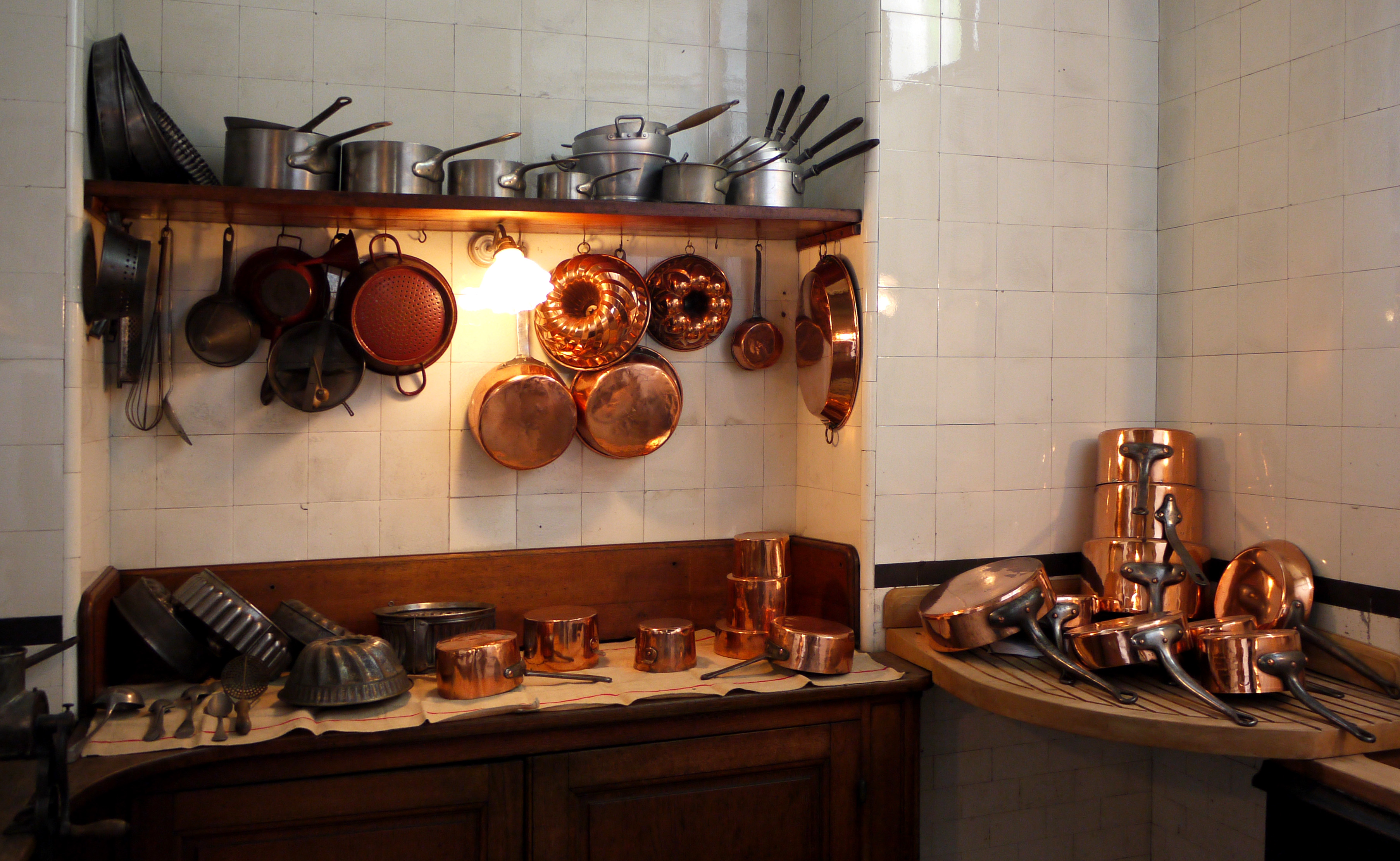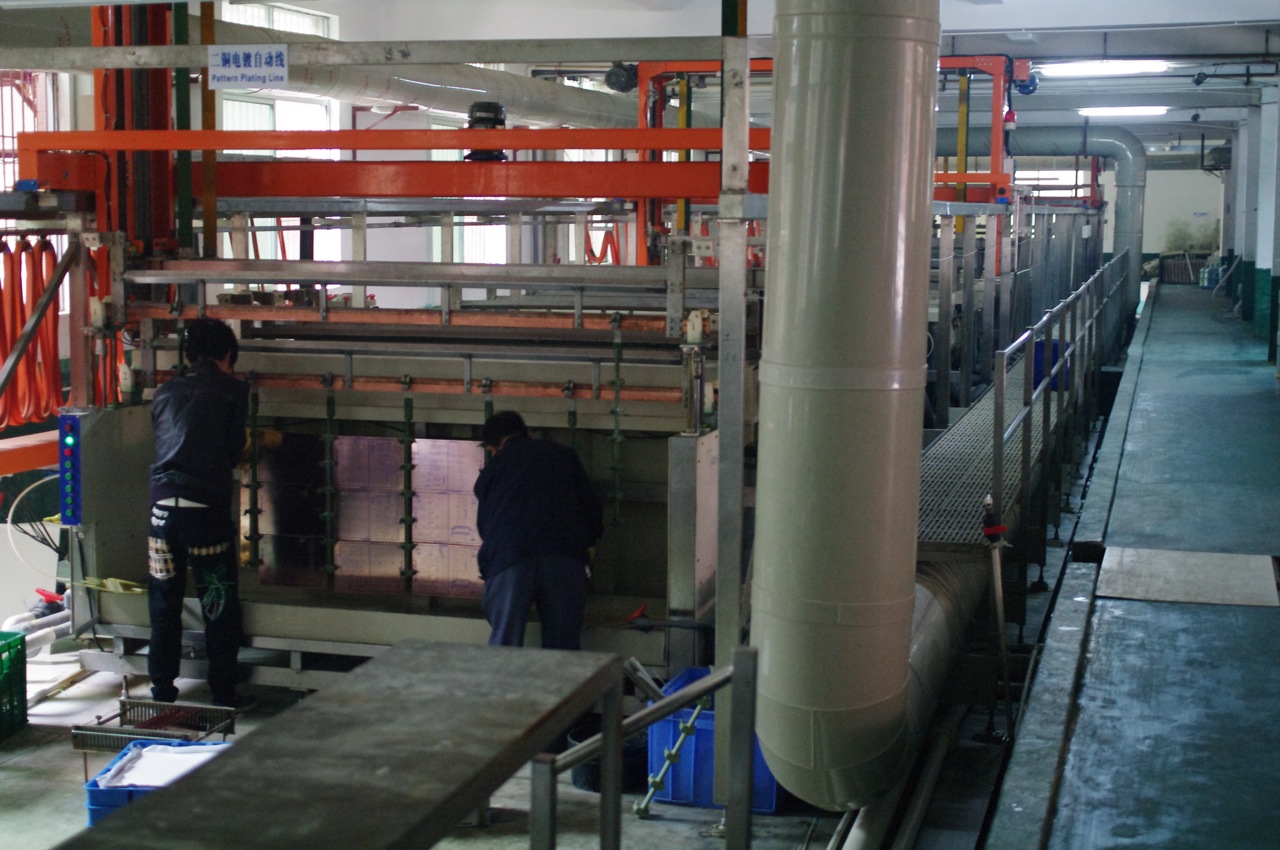|
Biscuit Warmer
A biscuit warmer (also folding biscuit box or bun warmer) is a kitchen utensil, for warming and serving biscuits. History Biscuit warmers were first manufactured in Victorian England, first in Sheffield Plate and later in electroplate. They were designed to be placed by a fire to warm the biscuits and act as a serving vessel. In the 21st century they are mostly treated as collectibles. Design The boxes were made of a clamshell design and commonly had a screen on either side affixed to a divider in the middle. They could be brought to the table so diners could take a hot biscuit. See also *Bread warmer A bread warmer can describe a number of different devices used to keep bread from cooling too fast. Examples include baskets with cloths, ceramic disks, or cabinets placed over a heat source such as steam radiator A radiator is a heat exchanger ... References Kitchenware {{Food-stub ... [...More Info...] [...Related Items...] OR: [Wikipedia] [Google] [Baidu] |
Kitchen Utensil
A kitchen utensil is a small hand-held tool used for food preparation. Common kitchen tasks include cutting food items to size, heating food on an open fire or on a stove, baking, grinding, mixing, blending, and measuring; different utensils are made for each task. A general purpose utensil such as a chef's knife may be used for a variety of foods; other kitchen utensils are highly specialized and may be used only in connection with preparation of a particular type of food, such as an Separating eggs, egg separator or an apple corer. Some specialized utensils are used when an operation is to be repeated many times, or when the cook has limited dexterity or mobility. The number of utensils in a household kitchen varies with time and the style of cooking. A cooking utensil is a utensil for cooking. Utensils may be categorized by use with terms derived from the word "wikt:ware#English, ware": kitchenware, wares for the kitchen; ovenware and bakeware, kitchen utensils that are for ... [...More Info...] [...Related Items...] OR: [Wikipedia] [Google] [Baidu] |
Biscuit (bread)
In the United States and parts of Canada, a biscuit is a variety of quick bread with a firm, dry exterior and a soft, crumbly interior. It is made with baking powder as a leavening agent rather than yeast, and at times is called a baking powder biscuit to differentiate it from other types. Biscuit are often served with butter or other condiments, flavored with other ingredients, or combined with other types of food to make sandwiches or other dishes. Biscuits developed from hardtack, which was first made from only flour and water, to which lard and then baking powder were added later. The long development over time and place explains why the word ''biscuit'' can, depending upon the context and the speaker's English dialect, refer to very different baked goods. History Early hard biscuits were a simple, storable version of bread. The word "biscuit" itself originates from the medieval Latin word ', meaning "twice-cooked". The modern Italian baked goods known as biscotti (also ... [...More Info...] [...Related Items...] OR: [Wikipedia] [Google] [Baidu] |
The Bakersfield Californian
''The Bakersfield Californian'' is a daily newspaper serving Bakersfield, California and surrounding Kern County in the state's San Joaquin Valley. History ''The Bakersfield Californian'' is the direct descendant of Kern County's first newspaper, ''The Weekly Courier'', which was first published on Aug. 18, 1866, in Havilah, California. At that time, Havilah, a small mining town about 50 miles northeast of the present site of Bakersfield, was the center of the 1864 gold rush, which brought the first major population influx to Kern County. The newspaper's name was later changed to ''The Havilah Weekly Courier''. As the mineral wealth of the area became depleted and the population moved southward toward Bakersfield, the newspaper also moved to Bakersfield in 1872, becoming ''The Kern County Weekly Courier''. In 1876, the ''Courier'' merged with another Bakersfield newspaper, ''The Southern Californian'', to form ''The Kern County Californian''. Its name was changed to ''The Dail ... [...More Info...] [...Related Items...] OR: [Wikipedia] [Google] [Baidu] |
Bakersfield, California
Bakersfield is a city in and the county seat of Kern County, California, United States. The city covers about near the southern end of the San Joaquin Valley, which is located in the Central Valley region. Bakersfield's population as of the 2020 Census was 403,455, making it the 47th-most populous city in the United States and the 9th-most populous in California. The Bakersfield–Delano Metropolitan Statistical Area, which includes all of Kern County, had a 2020 census population of 909,235, making it the 62nd largest metropolitan area in the United States. Bakersfield is a significant hub for both agriculture and energy production. Kern County is California's most productive oil-producing county and the fourth most productive agricultural county (by value) in the United States. Industries in and around Bakersfield include natural gas and other energy extraction, mining, petroleum refining, distribution, food processing, and corporate regional offices. The city is t ... [...More Info...] [...Related Items...] OR: [Wikipedia] [Google] [Baidu] |
Sheffield Plate
Old Sheffield Plate (or OSP) is the material developed by Thomas Boulsover in the 1740s, a fusion of copper and sterling silver which could be made into a range of items normally made in solid silver. The material rapidly gained popularity as a substitute for solid silver, as it was much cheaper to produce. Any object made in silver could be made in Old Sheffield Plate, although objects subject to heavy wear such as spoons and forks were not so satisfactory in plate. The characteristic identifying feature of OSP is the 'bleeding' or 'show through' of the copper base, especially on points of wear although there is also a subtle difference in colour from the pure silver of electro plating to the "very faintly bluish lustre" of OSP. In addition to having a distinct bluish cast, the alloy produced in OSP is also harder than electrodeposited silver. The material remained popular until being replaced by the electroplate process in the 1840s. Items produced in Old Sheffield Plate in ... [...More Info...] [...Related Items...] OR: [Wikipedia] [Google] [Baidu] |
Electroplating
Electroplating, also known as electrochemical deposition or electrodeposition, is a process for producing a metal coating on a solid substrate through the redox, reduction of cations of that metal by means of a direct current, direct electric current. The part to be coated acts as the cathode (negative electrode) of an electrolytic cell; the electrolyte is a solution (chemistry), solution of a salt (chemistry), salt whose cation is the metal to be coated, and the anode (positive electrode) is usually either a block of that metal, or of some inert electrical conductor, conductive material. The current is provided by an external power supply. Electroplating is widely used in industry and decorative arts to improve the surface qualities of objects—such as resistance to abrasion (mechanical), abrasion and corrosion, lubrication, lubricity, reflectivity, electrical conductivity, or appearance. It is used to build up thickness on undersized or worn-out parts and to manufacture metal ... [...More Info...] [...Related Items...] OR: [Wikipedia] [Google] [Baidu] |
Collectible
A collectable (collectible or collector's item) is any object regarded as being of value or interest to a collector. Collectable items are not necessarily monetarily valuable or uncommon. There are numerous types of collectables and terms to denote those types. An antique is a collectable that is old. A curio is something deemed unique, uncommon, or weird, such as a decorative item. A manufactured collectable is an item made specifically for people to collect.Danziger, Pamela (July 1, 1069)''Why People Buy Things They Don't Need: Understanding and Predicting Consumer Behavior'' Kaplan Publishing. The business of collectables Created to be collected A manufactured collectable (often referred to as a contemporary collectable) is an item made specifically for people to collect. Examples of items commonly sold as collectables include plates, figurines, bells, graphics, steins, dolls, and art. Some companies that produce manufactured collectables are members of The Gi ... [...More Info...] [...Related Items...] OR: [Wikipedia] [Google] [Baidu] |
Bread Warmer
A bread warmer can describe a number of different devices used to keep bread from cooling too fast. Examples include baskets with cloths, ceramic disks, or cabinets placed over a heat source such as steam radiator A radiator is a heat exchanger used to transfer thermal energy from one medium to another for the purpose of cooling and heating. The majority of radiators are constructed to function in cars, buildings, and electronics. A radiator is always a ...s. See also * Biscuit warmer Kitchenware {{bread-stub ... [...More Info...] [...Related Items...] OR: [Wikipedia] [Google] [Baidu] |





